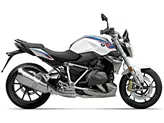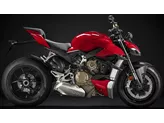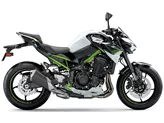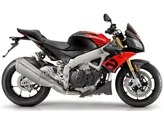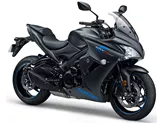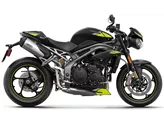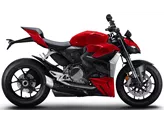Kawasaki Z900 70kW 2020 vs. BMW S 1000 R 2016
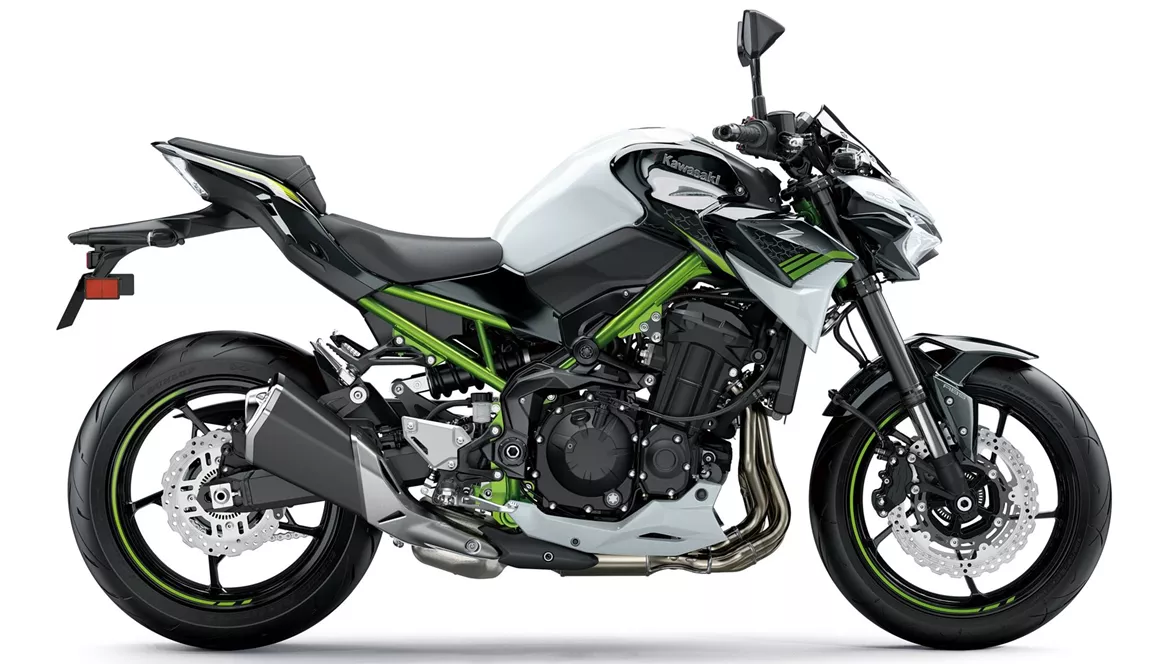
Kawasaki Z900 70kW 2020

BMW S 1000 R 2016
Overview - Kawasaki Z900 70kW 2020 vs BMW S 1000 R 2016
The Kawasaki Z900 70kW model year 2020 and the BMW S 1000 R model year 2016 are both naked bikes with similar engine types, in-line 4-cylinder engines. However, there are significant differences in their technical specifications and overall performance.
In terms of engine power, the Kawasaki Z900 70kW produces 95 HP, while the BMW S 1000 R boasts a more powerful 160 HP engine. This gives the BMW a considerable advantage in terms of acceleration and top speed. The Kawasaki, on the other hand, still provides enough power for most riders, even with throttle.
When it comes to torque, the Kawasaki Z900 70kW offers 91.2 Nm, while the BMW S 1000 R provides a higher torque of 112 Nm. This higher torque allows for better low-end and mid-range performance, making the BMW more responsive and easier to control.
Both bikes feature upside-down telescopic forks for their front suspension and swing arms with monoshock absorbers for the rear suspension. This setup provides good stability and handling for both models. However, the BMW S 1000 R has the advantage of a dynamic suspension system, which further enhances its performance and ride quality.
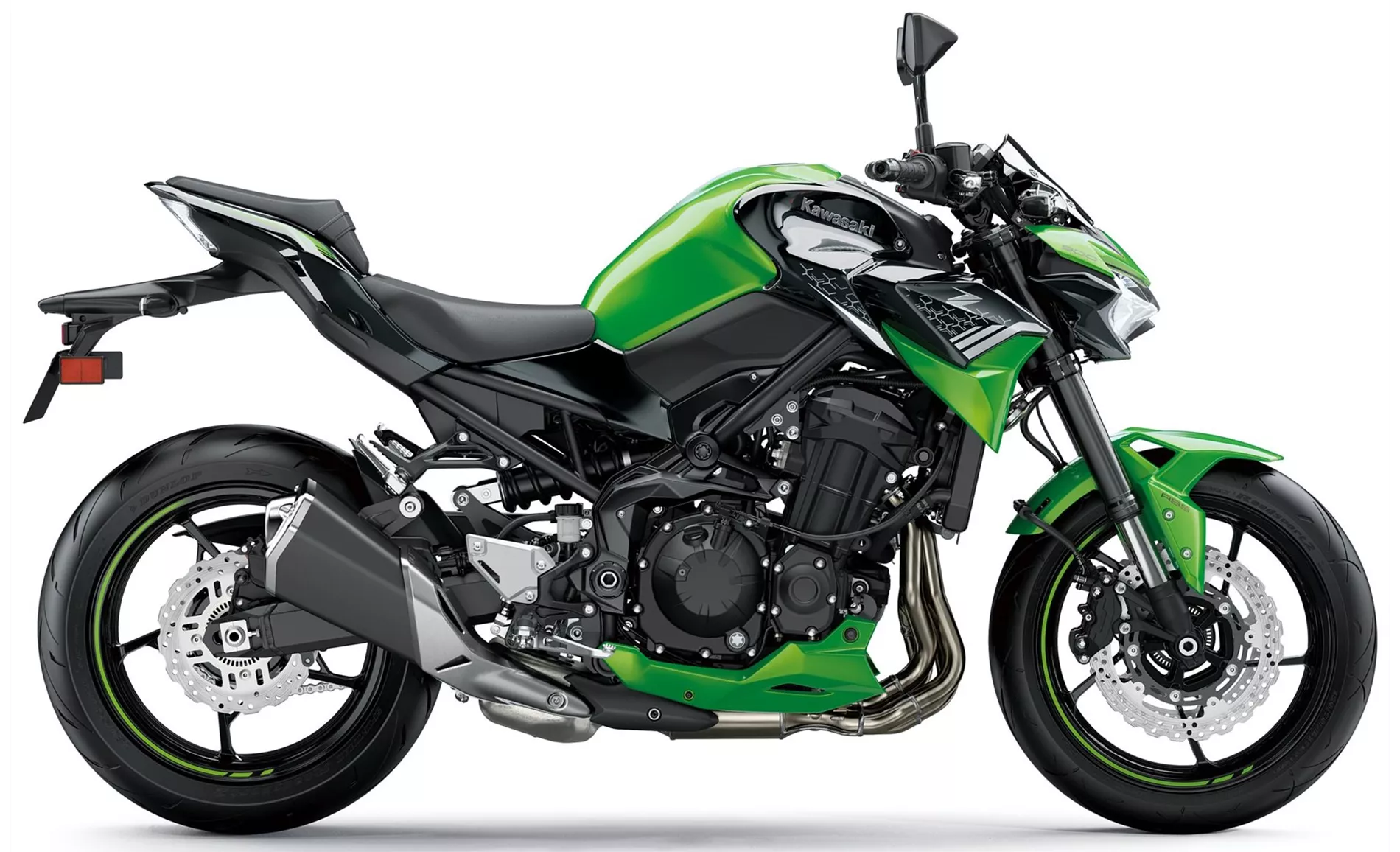
Kawasaki Z900 70kW 2020
In terms of chassis, the Kawasaki Z900 70kW features a steel frame with a double cradle design, while the BMW S 1000 R has an aluminum frame with a twin tube design. The aluminum frame of the BMW is lighter and more rigid, contributing to better overall handling and maneuverability.
Both bikes have double disc brakes at the front with four-piston calipers. However, the BMW S 1000 R utilizes radial technology for its front brakes, providing better stopping power and more precise control. The braking system of the BMW is considered to be more powerful and effective.
In terms of dimensions and weights, the Kawasaki Z900 70kW has a slightly longer wheelbase of 1450 mm compared to the BMW S 1000 R's 1439 mm. The seat height of the BMW is also slightly higher at 814 mm compared to the Kawasaki's 795 mm. The kerb weight of the Kawasaki is slightly heavier at 210 kg, while the BMW weighs 207 kg.

BMW S 1000 R 2016
In terms of rider assistance systems, both bikes offer advanced features such as ABS, riding modes, ride by wire, and traction control. However, the BMW S 1000 R also includes dynamic suspension, which further enhances its performance and adaptability to different riding conditions.
In terms of strengths, the Kawasaki Z900 70kW 2020 offers enough power for most riders, great handling, good equipment, an aggressive look, and good value for money. On the other hand, the BMW S 1000 R 2016 boasts a powerful and well-controllable engine, a powerful braking system, and a comfortable seating position.
In terms of weaknesses, the Kawasaki Z900 70kW 2020 has a somewhat tiring menu navigation system and lacks the option for a quickshifter. The BMW S 1000 R 2016, on the other hand, has expensive optional extras that may be irresistible but can significantly increase the overall cost of the bike. Additionally, the BMW has a hard chassis, which may affect the overall comfort of the ride.
In conclusion, while the Kawasaki Z900 70kW 2020 offers good performance, handling, and value for money, the BMW S 1000 R 2016 provides a more powerful engine, better braking system, and additional features such as dynamic suspension. However, the BMW comes at a higher price point and may have some comfort-related drawbacks. Ultimately, the choice between the two will depend on the rider's preferences, budget, and intended use of the bike.
Technical Specifications Kawasaki Z900 70kW 2020 compared to BMW S 1000 R 2016
Pros and Cons in comparison
Pros and Cons in comparison
Kawasaki Z900 70kW 2020
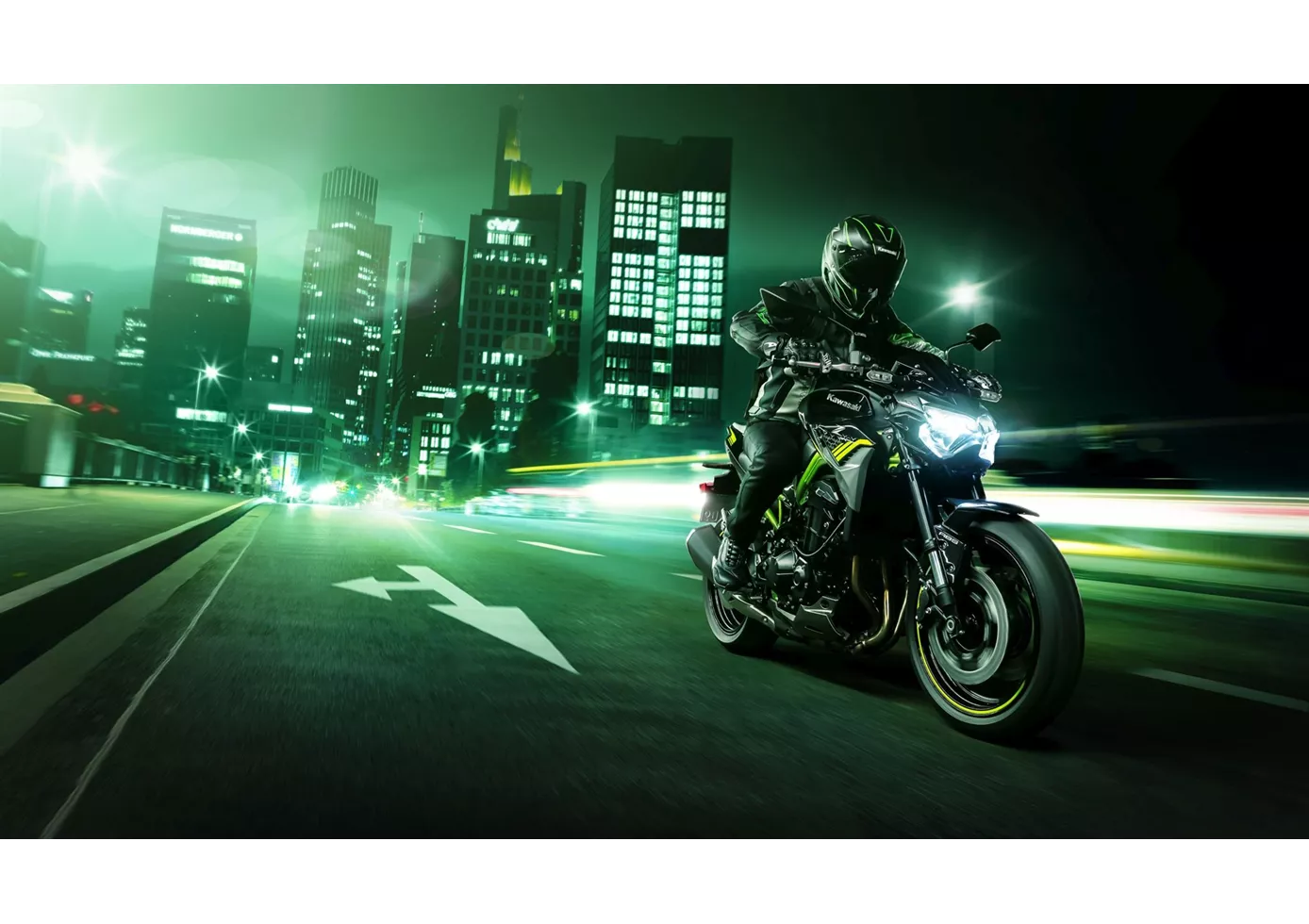
Qu'on la conduise avec 70 kW, ou dans une version encore plus restreinte de 35 kW : La Kawasaki Z900 est à la hauteur de sa version ouverte, mais avec moins de puissance. C'est pourquoi on peut se réjouir de la superbe performance de conduite et du pack électronique mis à jour pour 2020. Le moteur est également une bonne nouvelle. Même avec 95 ch, la Kawa tire fermement sur la chaîne et donnera du plaisir pendant de nombreuses saisons ! Une moto avec laquelle on peut grandir !
BMW S 1000 R 2016

Sur la BMW S 1000 R, on remarque à la fois la parenté étroite avec la Superbike S 1000 RR et la volonté de doter la machine d'un niveau de confort élevé pour la route et le quotidien. Le moteur quatre cylindres de 1000 cm3 se met donc au travail de manière brutale, tout en restant bien contrôlable, et la position de conduite est par conséquent confortable et sportive. Le fait que la S 1000 R soit l'une des power naked bikes les plus abordables est surprenant et réjouissant, mais il ne faut pas pour autant mettre la main sur la liste des équipements spéciaux - car grâce aux nombreuses caractéristiques irrésistibles, elle sera certainement plus chère.
Price Comparison Avarage Market Price Kawasaki Z900 70kW vs BMW S 1000 R
There are a few key differences between a Kawasaki Z900 70kW 2020 and a BMW S 1000 R 2016. In terms of price, the actual average price of a BMW S 1000 R 2016 is about 31% higher. Compared to BMW S 1000 R 2016 there are less Kawasaki Z900 70kW 2020 bikes available on the 1000PS.de Marketplace, specifically 5 compared to 10. It takes less time to sell a BMW S 1000 R with 69 days compared to 197 days for the Kawasaki Z900 70kW. Since model year 2018 1000PS.de editors have written 10 reviews for the Kawasaki Z900 70kW and 62 reviews for the BMW S 1000 R since model year 2014. The first review for the Kawasaki Z900 70kW was published on 11/23/2018 and now has more than 104,300 views. This compares to more than 17,300 views for the first review on BMW S 1000 R published on 11/3/2013.




